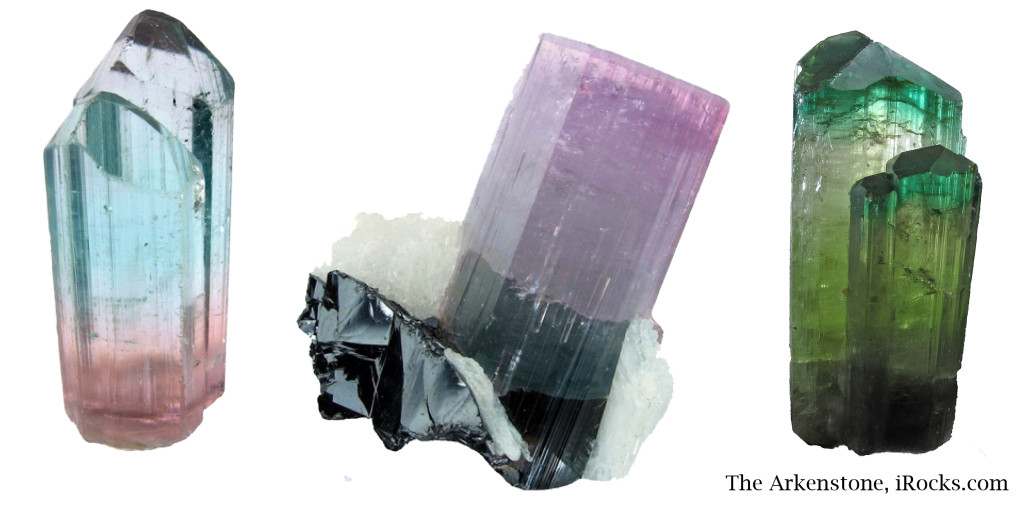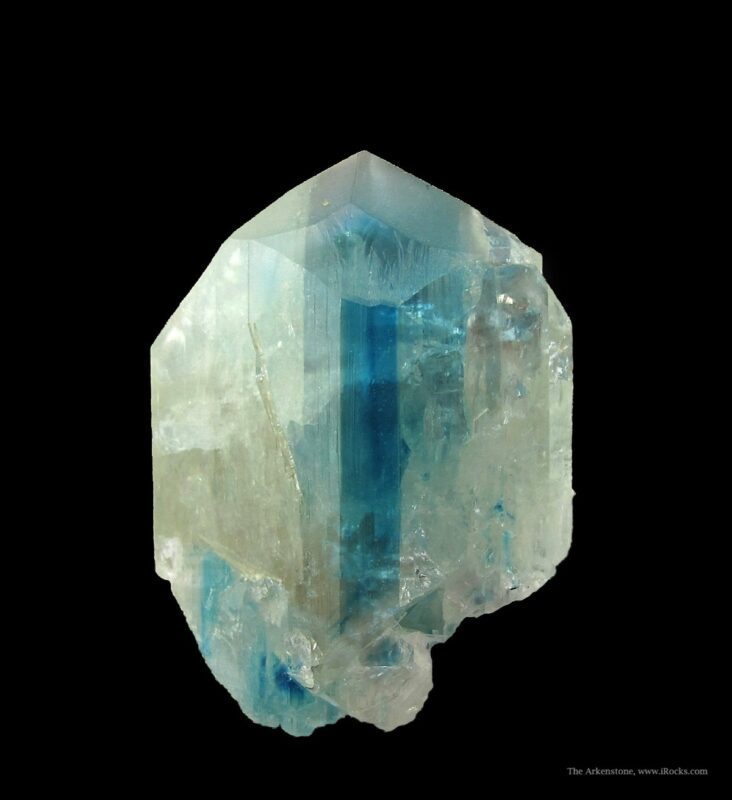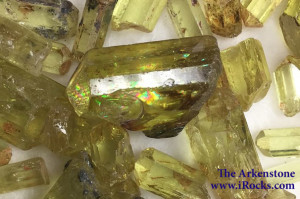The 4 C's of Rock and Mineral Collecting: Color
When purchasing diamonds, many people are familiar with the concept of the 4 C’s – the color, cut, clarity, and carat weight – as these qualities are the baseline for assessing value. But if you’re wondering how to judge the quality of fine minerals and crystals, the 4 C’s don’t exactly apply, but relate. This article deals with the first of these important qualities – color.
Understanding descriptions of color is the first step – especially when making a purchase online, where it may be more difficult to assess a specimen’s color quality. Collectors often use the words hue, tone, and saturation when describing a specimen’s – but what do these words mean, exactly? Hue could be described as the first impression, or basic color (for instance, blue), while tone describes the shade (pastel blue, versus royal blue), and saturation describes the intensity of color (deep royal blue, for example).

Color range
The color of a gem or stone is determined by chemical composition, and can vary greatly – even within the same species, or specimen. For instance, rubies and sapphires are both varieties of corundum, which appear to be either red or blue, depending upon the presence of other chemicals within their formative environment (chromium for rubies – iron and titanium for sapphires).
Variations in color within the same specimen are also common, and uneven mineral growth can lead to color zoning – or the division of one specimen into two or more distinct colors (a watermelon tourmaline is a great example of this – with well-defined areas of pink and green). Some stones may also exhibit pleochroism – an effect in which the color appears different (usually lighter or darker) depending on the direction from which the specimen is displayed, or viewed.
It is also important to remember that color appears different in different lighting. For example, the cool tone of fluorescent lights will enhance the color of blue, green, and violet gems – while incandescent light has a warm tone which will emphasize red, orange, or yellow stones. When purchasing online, it may be helpful to ask the seller to confirm the type of lighting used to photograph a specimen, as use of a UV flash or other lighting sources may drastically affect the appearance of a stone – and an inaccurate portrayal can strongly affect the value of a specimen.
Some gems and stones may also have an inner quality or reflective color which is highlighted by certain lighting or positioning. Some key terms which may be valuable to keep in mind when reviewing specimens for purchase online are play of color (which describes internal flashes of rainbow, such as those occurring in opals), iridescence (which describes a surface or interior rainbow, caused by refracted light), aventurization or aventurescence (a glittering, metallic effect caused by small inclusions), and chatoyancy (a banded variation between light and dark, such as that occurring in tiger’s eye quartz). These phrases all describe the visual effects created by the play between color and light, and can have significant effect on the desirability of a specimen.
In short, understanding the significance of color quality when selecting your specimens is of utmost importance to assessing their value – though ultimately, the deciding factor in determining whether or not to purchase a specimen is whether or not you find it to be interesting and attractive.
Cut, clarity, and carat weight also significantly affect the value of gems and minerals. For more examples of color in minerals, visit our vault of some of the most beautiful and collectible fine minerals.

